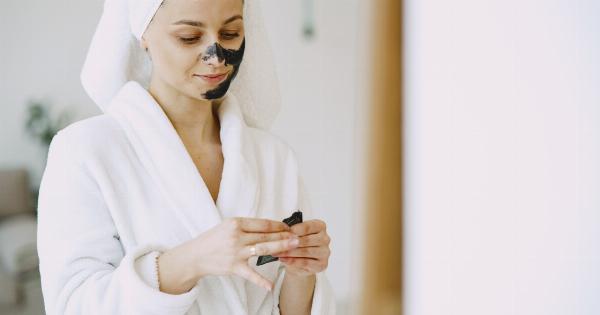Internal pimples, also known as blind pimples or cystic acne, are painful and frustrating to deal with. Unlike regular pimples, they do not surface on the skin, making them difficult to treat.
In this article, we offer tips and tricks to help you manage internal pimples effectively.
What are Internal Pimples?
Internal pimples are a type of acne that forms underneath the surface of the skin. They are called “blind pimples” because they do not have a visible white or black head, and they can be painful to touch.
They occur when pores in the skin become clogged with dead skin cells, oil, and bacteria, leading to inflammation and the formation of a hard, painful lump beneath the skin.
What Causes Internal Pimples?
Internal pimples can have a range of causes, including:.
- Hormonal changes: Changes in hormone levels can cause an increase in oil production, leading to clogged pores and the formation of internal pimples.
- Poor skincare: A lack of proper skincare, such as not washing your face regularly or using harsh products, can lead to the buildup of oil, dirt, and dead skin cells, which can clog pores and cause internal pimples.
- Diet: A diet high in sugar, processed foods, and dairy products can increase inflammation in the body, which can lead to the formation of internal pimples.
- Stress: High levels of stress can cause an increase in hormone levels, leading to an increase in oil production and the formation of internal pimples.
Tips for Managing Internal Pimples
Here are some tips and tricks to help you manage internal pimples:.
1. Don’t Touch or Squeeze Your Pimple
It can be tempting to squeeze or pick at an internal pimple, but this can make it worse. Squeezing can push bacteria deeper into the skin, leading to further inflammation and potentially causing scarring.
Instead, leave the pimple alone and let it heal on its own.
2. Apply a Warm Compress
Applying a warm compress to the affected area can help to increase circulation and reduce inflammation. Simply soak a clean cloth in warm water and hold it against the pimple for 10-15 minutes.
Do this several times a day to help the pimple come to a head.
3. Use Topical Treatments
There are a variety of topical treatments that can help to reduce inflammation and speed up the healing process. Look for products that contain salicylic acid, benzoyl peroxide, or tea tree oil.
4. Try Natural Remedies
There are several natural remedies that can help to reduce inflammation and soothe the skin. Some popular choices include aloe vera gel, witch hazel, and green tea.
These remedies can be applied directly to the affected area as a spot treatment or used as a toner on the whole face.
5. Practice Good Skincare Habits
Practicing good skincare habits is essential for preventing future breakouts and managing existing ones.
This includes washing your face twice a day with a gentle cleanser, using non-comedogenic products, and avoiding touching your face throughout the day.
When to Seek Medical Attention
If your internal pimple does not improve with at-home treatments or becomes increasingly painful, it may be time to seek medical attention.
Your dermatologist may be able to prescribe stronger topical treatments or oral medications to help clear up your acne.
Conclusion
Managing internal pimples can be challenging, but with the right tips and tricks, you can help to reduce inflammation and speed up the healing process.
Remember to be patient, avoid picking at your pimples, and practice good skincare habits to prevent future breakouts.































